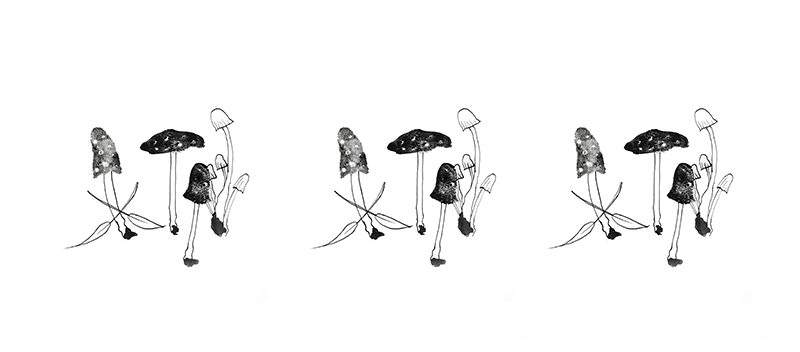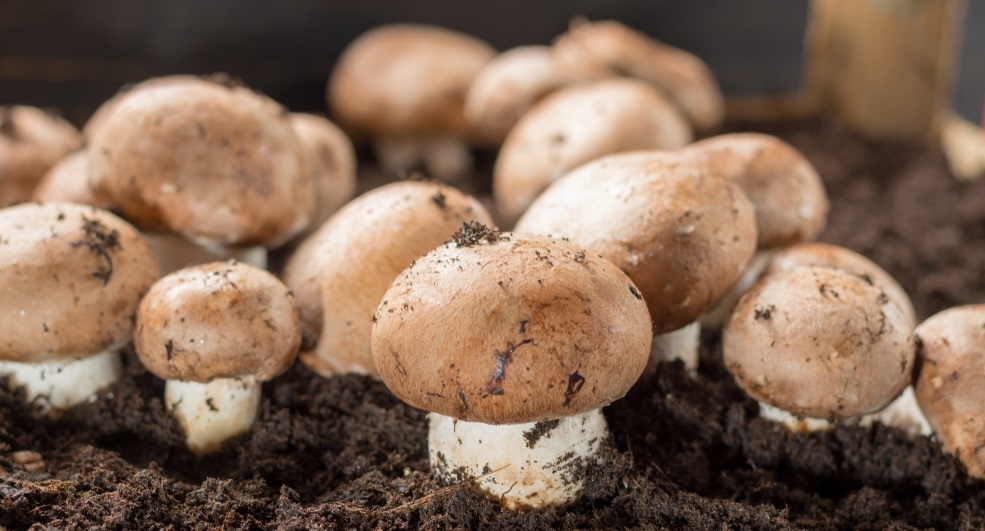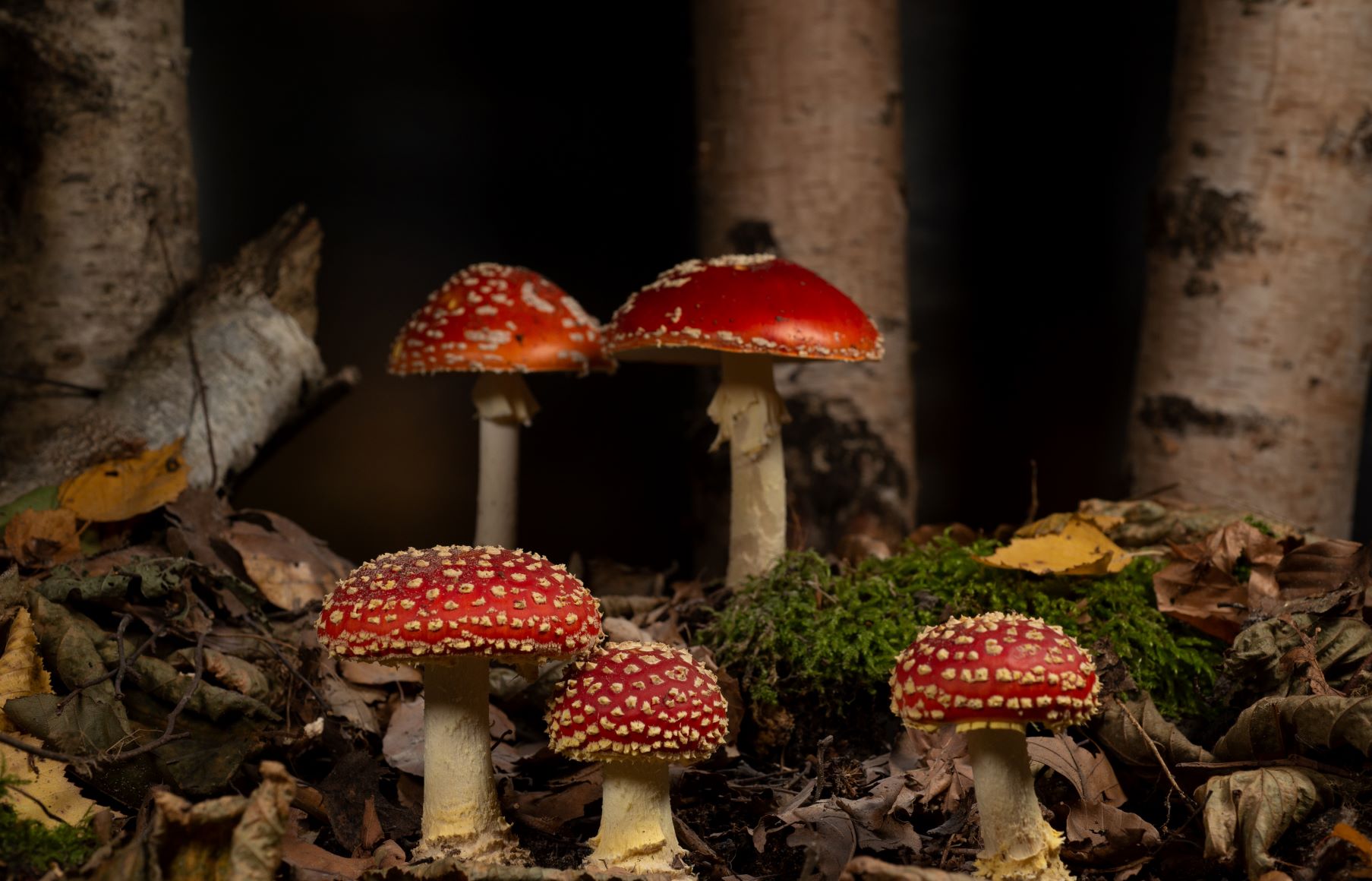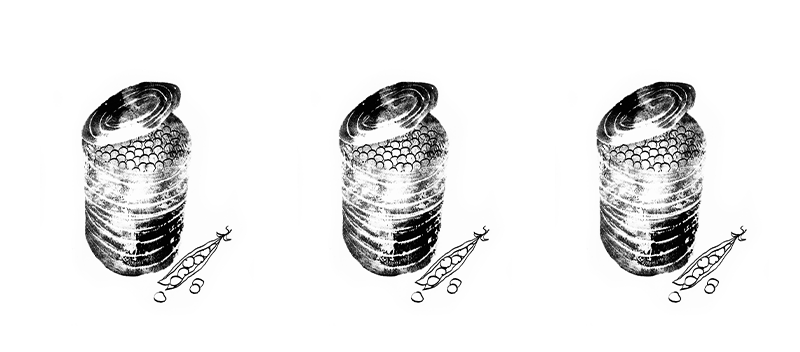Some fungi, such as truffles, mushrooms and those in blue cheese, are edible. Others can be used when making products such as wine and tempeh. But there are also fungi that can make you very ill. ‘That’s because those fungi produce toxic substances, known as mycotoxins, which edible fungi don’t produce,’ says Marcel Zwietering, professor of Food Microbiology. Those toxins cause abdominal pain and sometimes nausea and vomiting. They don’t disappear when you heat up food. Aflatoxin is a particularly noxious mycotoxin found in things like mouldy nuts and grains. It attacks the liver and can even be carcinogenic, like many other mycotoxins. ‘But most fungi are harmless,’ says Zwietering. ‘I distinguish between three groups: the good, the bad and the ugly. The good are edible, like the ones on blue cheeses. The bad are the pathogenic ones. And the ugly are the ones that don’t make you ill, but that taste stale and nasty, like moulds on bread.’
The problem is that when something goes mouldy, you don’t know which fungi are good and which are bad. So you should throw out mouldy food, says Zwietering. ‘Fungal threads and toxins can penetrate deep into food and you can’t see them with the naked eye.’ He recommends playing it safe and discarding the product. ‘Fungal threads don’t penetrate as far in hard products such as cheese, and you can cut out mould if you like, with a wide margin of one centimetre. But if there’s a lot of mould on it, I wouldn’t eat it even then.’ He also advises against picking and eating fungi unless you know exactly what you’re doing.
Most fungi are harmless
Marcel Zwietering, professor of Food Microbiology
Zwietering emphasizes, though, that most products will go off due to bacteria before they are affected by fungi, as bacteria grow faster. ‘That certainly applies to meat and to moist, non-acid products. If there is fungus on them, there are sure to be bacteria as well. But they are not necessarily pathogenic. Food that has gone off certainly doesn’t always make you ill. Sometimes you can even eat meat that’s green and slimy because the rot is caused by non-pathogenic bacteria. But it doesn’t taste good. And you don’t want to take the risk.’
Every day we are bombarded with sometimes contradictory information. So what are the facts of the matter? In this feature, a scientist answers your burning questions. Asking questions makes you wiser. Do you dare ask yours? Email us at redactie@resource.nl.

 Illustration: Marly Hendricks
Illustration: Marly Hendricks 

